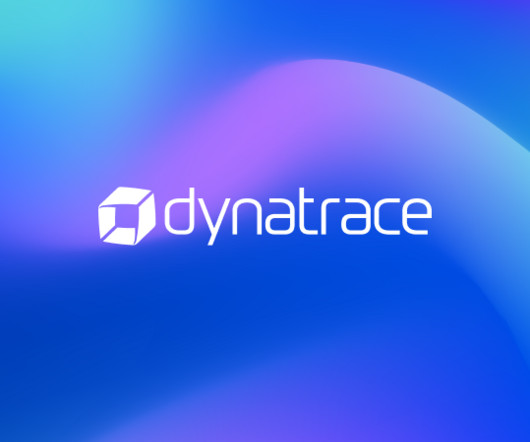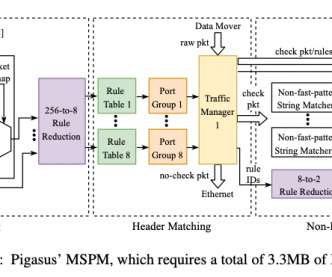Kubernetes vs Docker: What’s the difference?
Dynatrace
SEPTEMBER 29, 2021
Just like shipping containers revolutionized the transportation industry, Docker containers disrupted software. This opens the door to auto-scalable applications, which effortlessly matches the demands of rapidly growing and varying user traffic. Containers can be replicated or deleted on the fly to meet varying end-user traffic.
















































Let's personalize your content